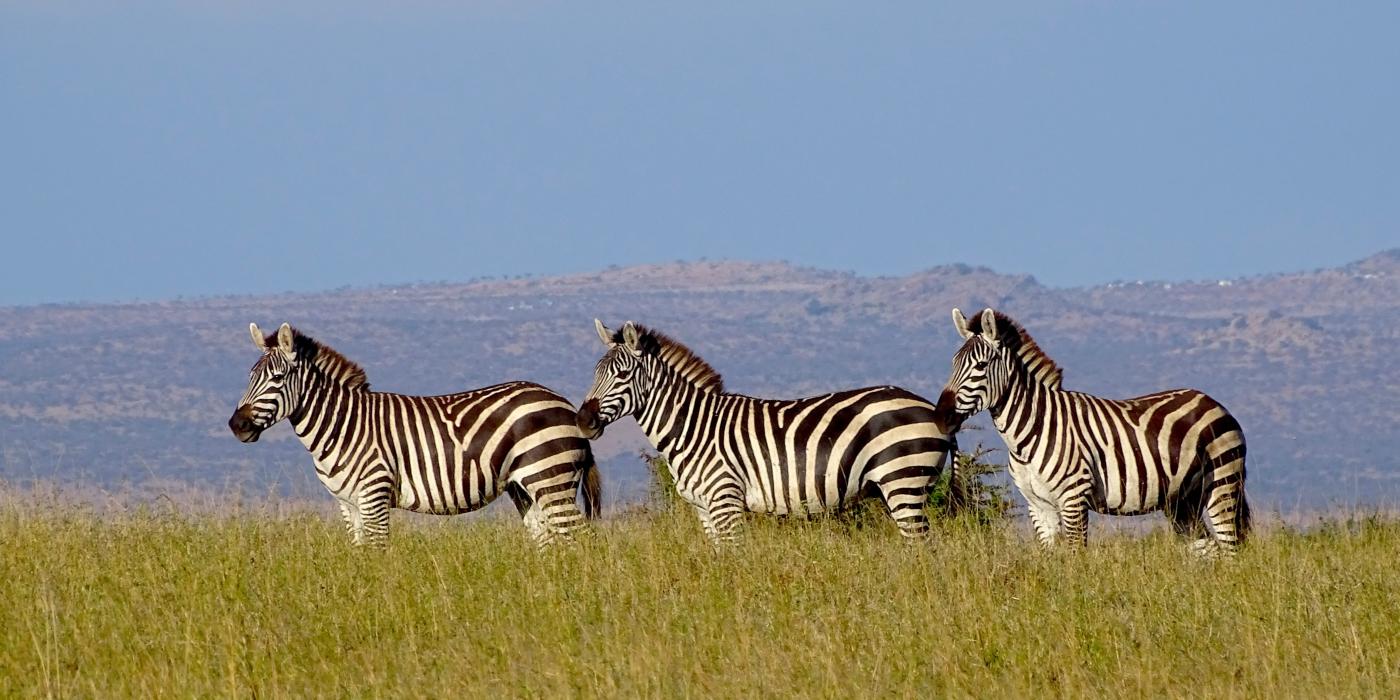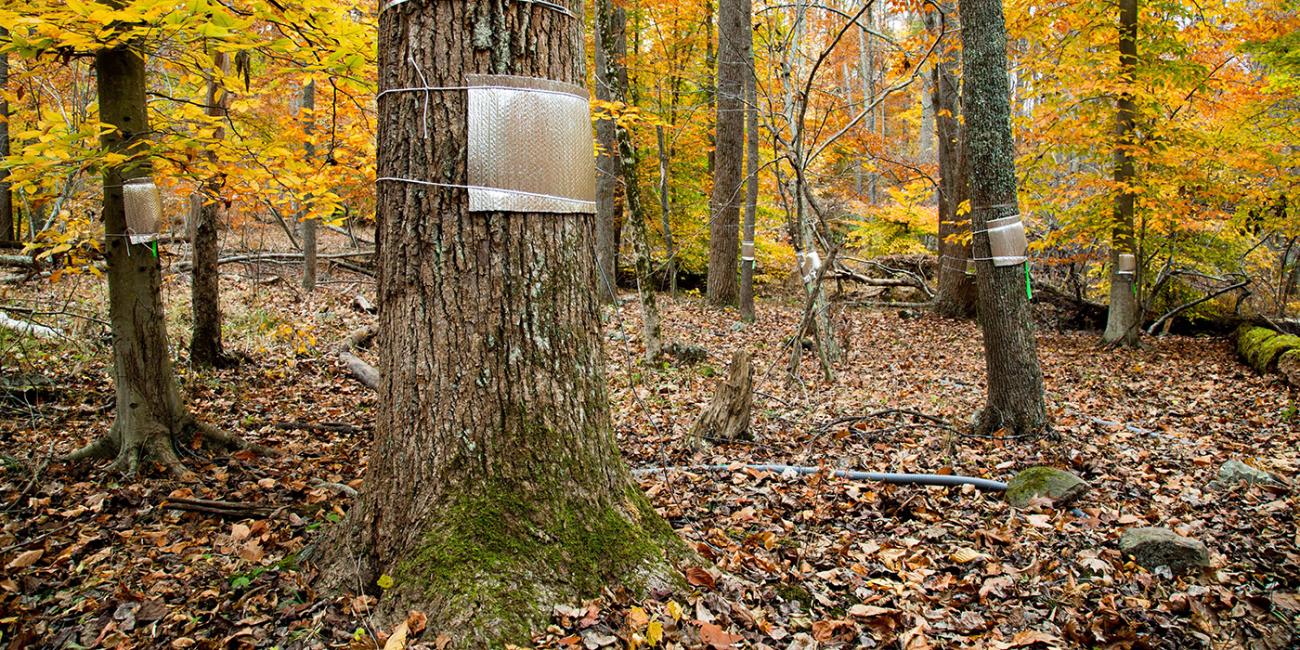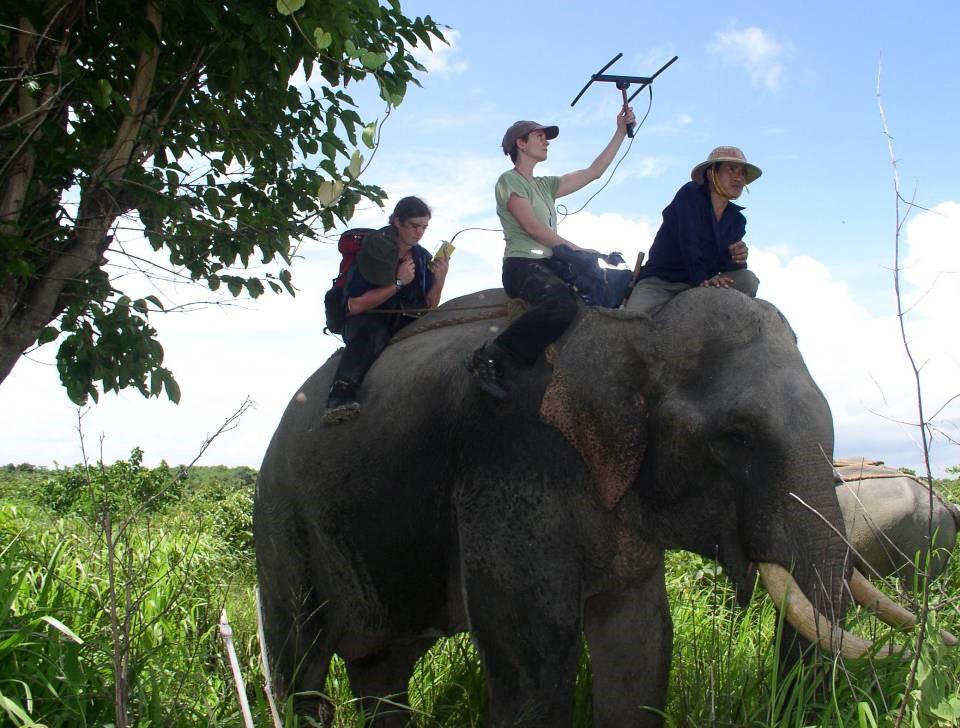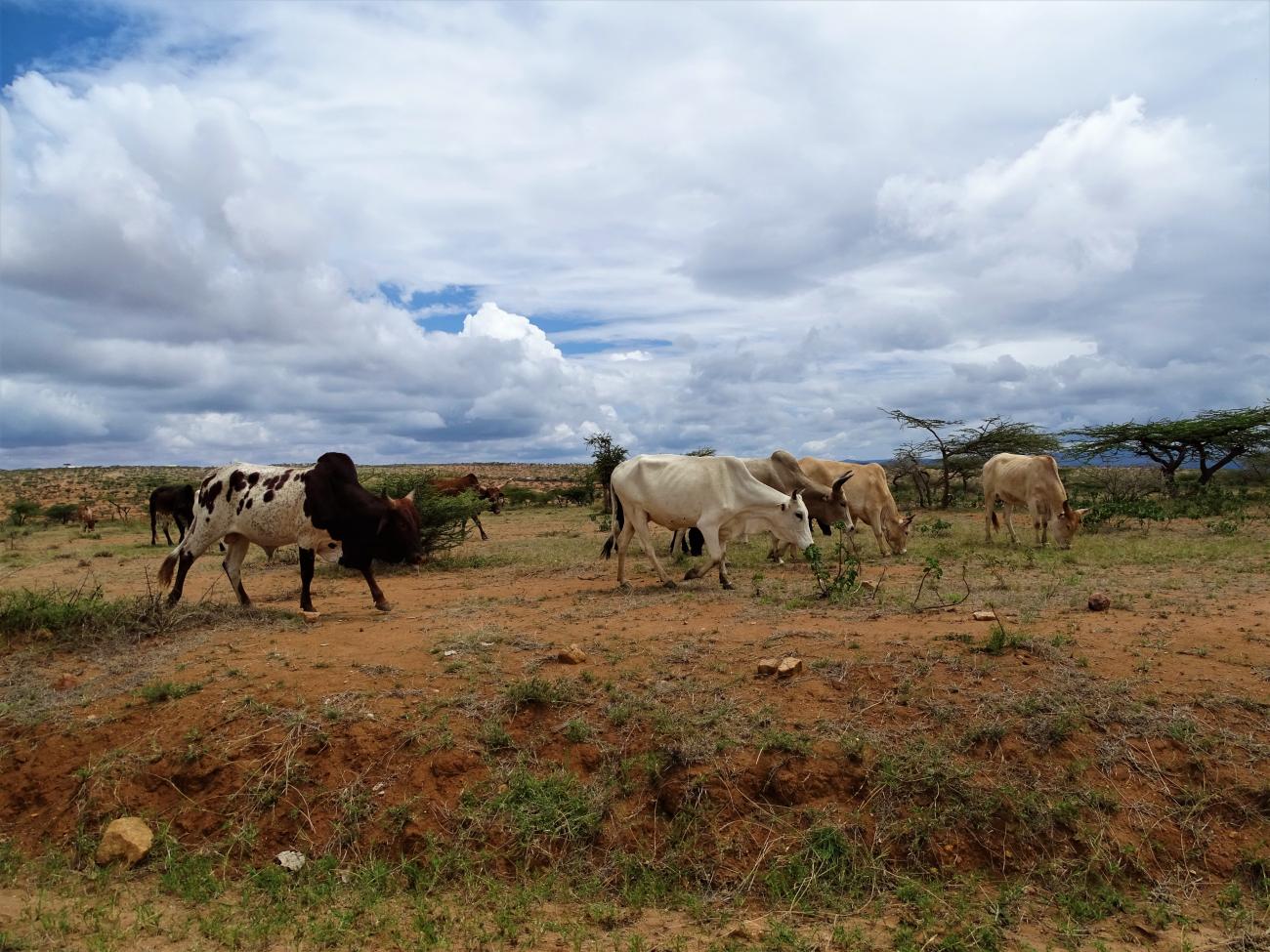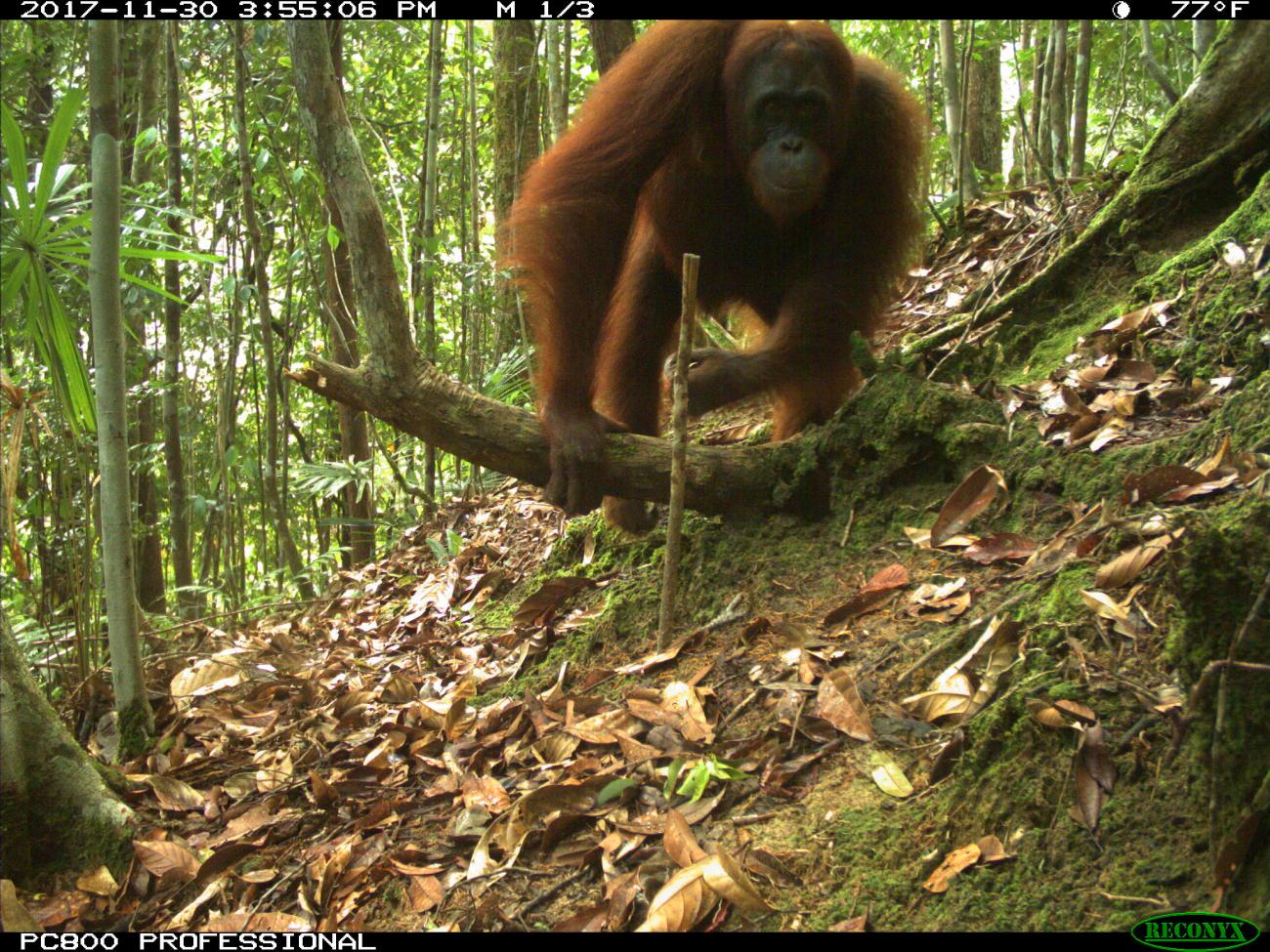Landscape and Ecosystem Science
As leaders in landscape and ecosystem science, Conservation Ecology Center scientists understand that conservation requires landscape- and ecosystem-level approaches that integrate the needs of people with sustainable management. They collaborate globally to conserve unique landscapes, including through their work with the Smithsonian's Working Land and Seascapes and ForestGeo initiatives. Explore their ongoing projects below.
Projects
Changing Landscapes Initiative ›
Smithsonian scientists work alongside community members in Northwestern Virginia to evaluate the impacts of land-use change on wildlife, ecosystem services and community health.
Conserving the World’s Largest Working Wetland ›
Conservation Ecology Center researchers are collaborating with institutions in Brazil and other Smithsonian colleagues to support sustainable cattle ranching in the Pantanal wetland.
Forest Ecosystems and Climate Lab ›
Smithsonian scientists and partners are studying how global change impacts forests around the world, and how alterations to these ecosystems may mitigate or exacerbate climate change.
Myanmar Biodiversity ›
Smithsonian researchers help conserve Myanmar's biodiversity through research and capacity building, collaborating with local organizations for the long-term survival of species and ecosystems.
Studying Large Herbivores Across Laikipia Rangelands in Kenya ›
Conservation Ecology Center scientists are studying wildlife across a mosaic of private and communal lands in central Kenya where wild animals coexist with people and domesticated animals.
Sustaining Wildlife in Sarawak, Malaysia (Borneo) ›
Smithsonian scientists are examining how wildlife use habitats in remote communities bordering protected areas in Sarawak, Malaysia (Borneo), while building a network of village teams to support regional conservation.
